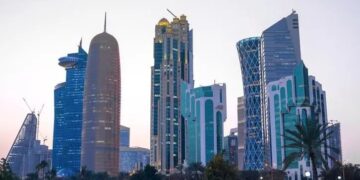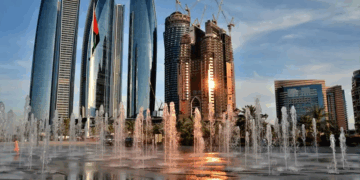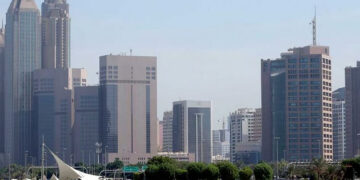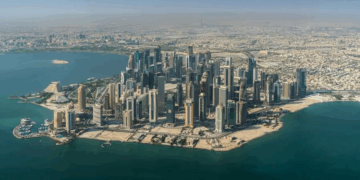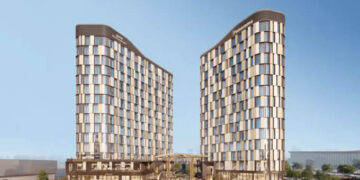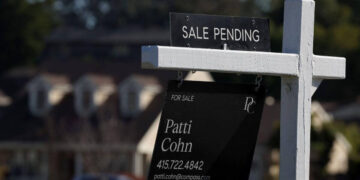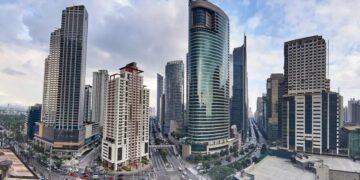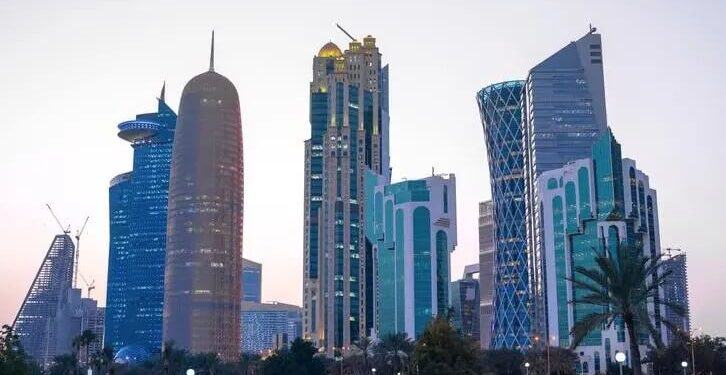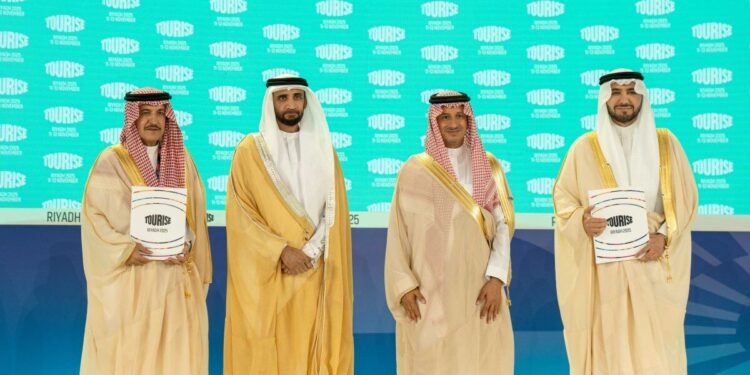The National Planning Council (NPC) reports that from June 2024 to July 2024, the number of building permits issued increased by 36%. The 115th edition of the monthly Statistics of Building Permits and Building Completion certificates issued by all of the State’s municipalities has been released by the Council.
There was a general 36% increase in the number of permits issued in July 2024 when compared to the previous month. All of the following municipalities saw an increase: Umm Slal (37%), Al Doha (39%), Al Khor (44%), Al Sheehaniya (41%), Al Shamal (89%), Al Wakrah (34%), Al Da’ayen (32%), and Al Rayyan (32%).
A cursory examination of the data on building permits issued in July 2024 reveals that, in terms of geographic distribution, the municipality of Al Rayyan is at the top of the list, having issued 192 permits, or 26% of all permits issued. Next in line are the municipalities of Al Doha, with 159 permits, or 21%, the municipality of Al Da’ayen, with 151 permits, or 20%, and Al Wakrah municipality, with 98 permits, or 13%. Al Khor had 52 permits (7%), Umm Slal had 48 permits (6%), Al Sheehaniya had 24 permits (3%), and Al Shammal had 17 permits (2%). These were the remaining municipalities.
According to data, the types of permits issued during July 2024 were as follows: 269 new building permits (both residential and non-residential) made up 36% of all building permits issued; 455 addition permits made up 61% of the total permits; and 17 fencing permits made up the remaining 2%.
Villas top the list, accounting for 86% (183 permits) of all new residential building permits, followed by apartment buildings at 13% (28 permits), and other residential buildings at 1% (1 permit), according to an analysis of data on new residential building permits.
However, it was discovered that 39% (22 permits) of non-residential building permits were for industrial buildings, such as factories and workshops. Service/infrastructure buildings came in second with 28% (16 permits), followed by permits for mosques with 16% (9 permits).
After a brief examination of the data on building completion certificates issued in July 2024, we can see that the municipality of Al Rayyan topped the list of municipalities with 92 certificates, or 26% of all certificates issued. This was followed by the municipality of Al Wakrah with 89 certificates, or 25% of all certificates issued, the municipality of Al Doha with 70 certificates, or 19%, and the municipality of Al Da’ayen with 53 certificates, or 15% of all certificates issued.
The remaining municipalities were: Al Khor (17 certificates, 5%), Al Sheehaniya (9 certificates), Al Shammal (9 certificates), and Umm Slal (21 certificates, 6%).
Data on the types of certificates issued shows that, of all the building certificates issued in July 2024, 84% (303 certificates) were new building completion certificates (residential and non-residential), while 16% (57 certificates) were addition certificates.
After conducting an analysis of the data pertaining to completion certificates for new residential buildings, we discovered that villas topped the list with 94% (238 certificates) of all new residential building completion certificates, followed by apartments with 5% (12 certificates) and other residential buildings with 1% (4 certificates).
Conversely, it was discovered that, with 61% (30 certificates), commercial and administrative buildings led the group of non-residential building completions. Industrial buildings, such as factories and workshops, came next with 14% (7 certificates), followed by mosques and service/infrastructure buildings with 8% (4 certificates) each.
When we compared the total number of certificates issued in July 2024 to the previous month, we saw a 4% overall decline. The municipalities of Al Doha (52%) and Umm Slal (5%), on the other hand, showed a noticeable decline. In contrast, the municipalities of Al Wakrah (102%), Al Khor (55%), Al Shamal (29%), Al Da’ayen (8), and Al Rayyan (6%), showed a noticeable increase. The number of certificates issued by Al Sheehaniya municipality remained the same.
Data on building permits and completion certificates is especially important since it is seen as a measure of how well the construction industry is doing, and the construction industry plays a big role in the US economy.
It is a concise synopsis of the characteristics of these monthly permits and certificates, including information about the categories of the various building types, whether residential or non-residential, and their geographic distribution (as reported by the municipalities).
The National Planning Council and the Ministry of Municipality are working together to leverage the current electronic connection between them in order to release this monthly data.
